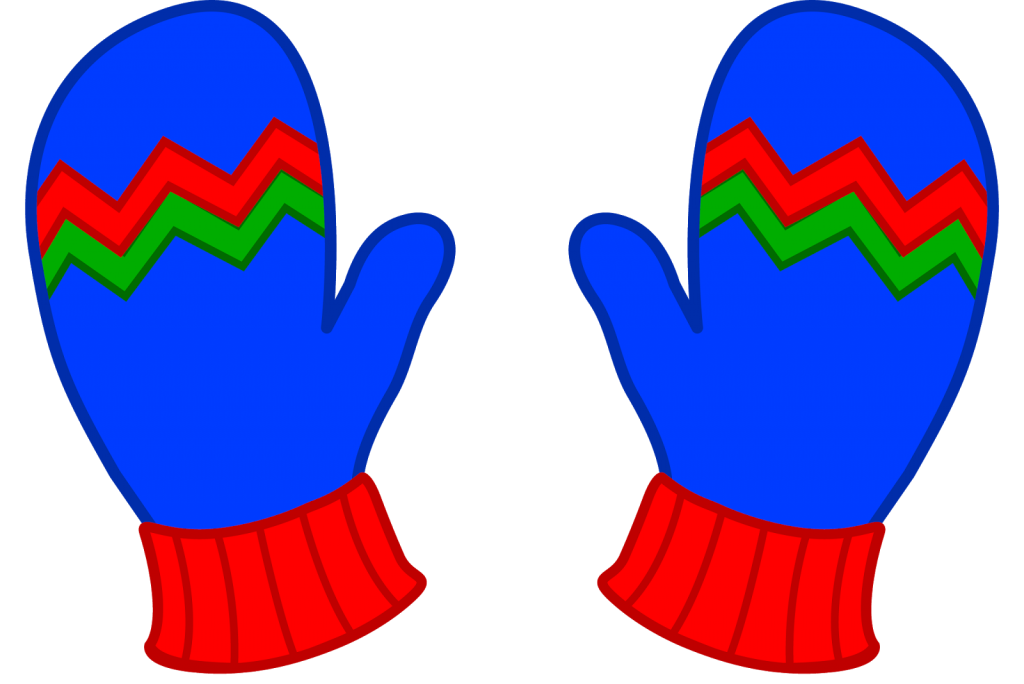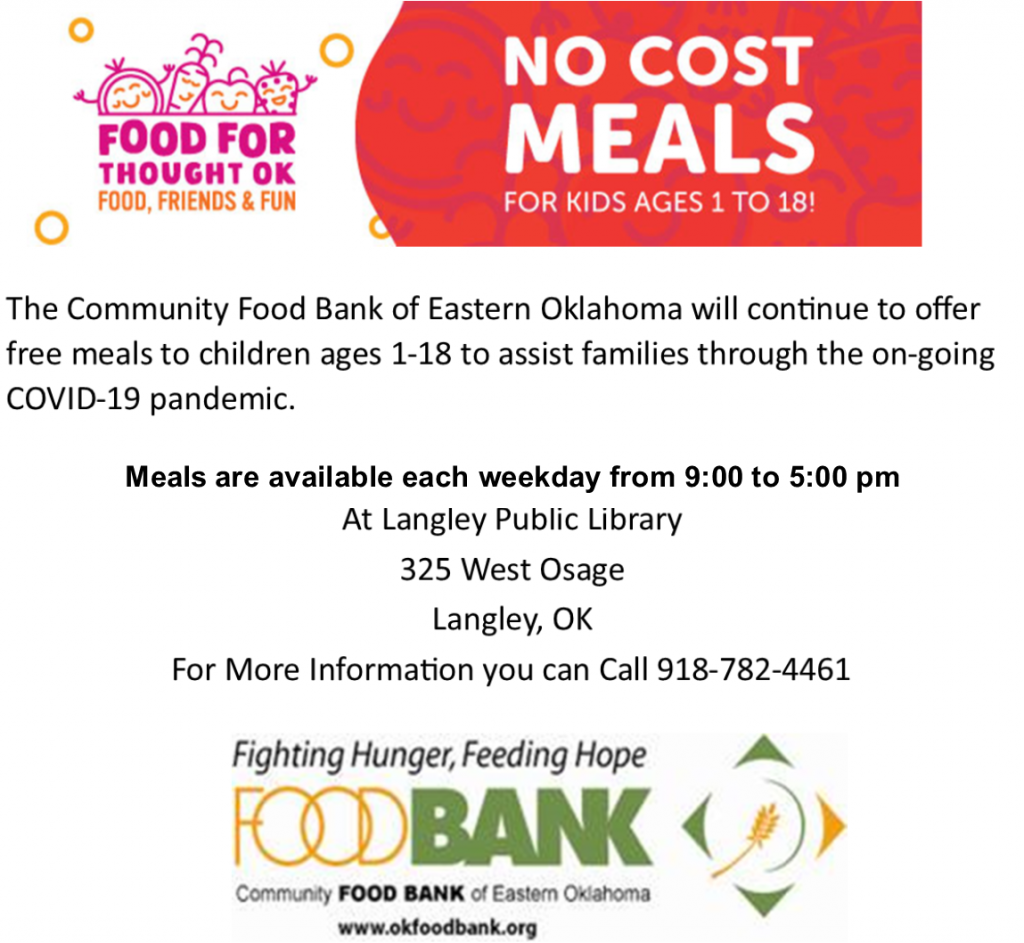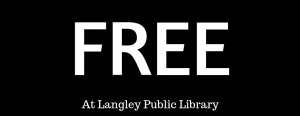News
Free For All
When you’re searching for family-friendly activities that don’t cost an arm and a leg, look no further than your neighborhood. In today’s age of “just Google it” or “there’s an app for that” it is easy to overlook your local public library. You remember… it’s the place you used to go as a kid before the internet provided all the answers.
Now it’s time to revisit this treasure chest of education, activities, and services that are totally free. Here are many things you can get for free at your library.
- Check out a BOOK.
- Reserve and enjoy , CDs, DVDs, BluRays and audio books.
- Download ebooks and audiobooks anywhere you are.
- Use the WiFi.
- Use the public computers.
- Renew items online, by phone, or in person.
- Search our extensive online catalog.
- Learn languages fast with interactive, online courses.
- Get help from the ultimate search engine–a librarian.
- Bring the family to a puppet show, movie, or magician
- Bring your child to Family Story Time and meet other parents.
- Take a GED, ASVAB, SAT or civil service practice test.
- Create a resume and apply for jobs online.
- Play board games after-school.
- Update your Facebook page.
- Learn how to navigate the Internet.
- Meet an author.
- Schedule a Library tour tailored to your group or class.
- Volunteer.
- Find a new recipe.
- Take a computer class.
- Donate your used books to the Friends of the Library
- Introduce your grandchild to the library.
- 1000 books before kindergarten.
- Join the 62+ Club.
- Do free periodical searches through EBSCO database.
- Stay in touch with family far away through email.
- Apply for your medical marijuana license.
- Read a newspaper
- Cool off in air conditioned comfort on a hot sunny day.
The Bottom Line
Obtaining a library card is simple. Visit the library, fill out a card application, present identification and you have instant, free access to a world of information. For more information contact the library at 918-782-4461, or better yet just drop in.
Library ECard Application

Online registration for an eCard is available to all Grand Lake area residents.
Complete the form below to register for an eCard. A valid email address is required to receive your library eCard.
Your eCard allows access to:
- online databases
- place holds on library materials
- download eBooks and audiobooks
- download and stream music, and more
You must get a physical library card to:
- check out physical library materials
- pick up holds on physical items
- use public computers and printers
To convert your eCard to a physical library card, visit Langley Public Library in person with photo ID (if your photo ID does not have your current residential address, please bring any official document or piece of mail with your name and current residential address) as well as a verifiable phone number.
By clicking on the “Submit” button below, you agree to the following terms:
 EMF Free Form Builder
EMF Free Form Builder“I agree to be responsible for all usage of this eCard and that all information I have given on this application is true, complete and accurate. I will notify the library immediately if I suspect my eCard is being used without my permission.”
COVID 19
CORONAVIRUS

Please check with the World Health Organization for the latest news.
Here’s What You Need to Know
What is it?
COVID-19 is a respiratory illness caused by
a new coronavirus first identified in Wuhan, China. Cases of the disease are
being reported in a growing number of countries including the United States.
How does it spread?
The virus is thought to spread mainly from person-to-person in close contact
with one another through respiratory droplets produced when an infected person
coughs, sneezes or exhales. The CDC suggests “close contact” be kept to a
minimum of six feet with anyone who might be sick — this is twice the distance
— compared to what health professionals have defined it in past outbreaks, like
SARS.
What are the symptoms?
The most common symptoms are fever,
tiredness and dry cough. Some patients may have aches and pains, nasal
congestion, runny nose, sore throat or diarrhea. These symptoms are usually
mild and begin gradually.
What should I do if I have symptoms?
If you develop symptoms such as fever, cough, or difficulty breathing, stay home and call your healthcare provider.
What about older patients are those with medical conditions?
Older patients and individuals who have severe underlying medical conditions or are immunocompromised should contact their healthcare provider early, even if their illness is mild. If you have severe symptoms, such as persistent pain or pressure in the chest, new confusion or inability to arouse, or bluish lips of face, contact your healthcare provider or emergency room and seek care immediately. Your doctor will determine if you have signs and symptoms of COVID-19 and whether you should be tested.
The Statistics
The numbers continue to increase every day — doubling in some countries overnight. The virus has found a foothold on every continent except for Antarctica. Students at Johns Hopkins University’s Whiting School of Engineering began tracking COVID-19 data in real-time with an interactive dashboard, use the following link. https://www.arcgis.com/apps/opsdashboard/index.html#/bda7594740fd40299423467b48e9ecf6
The World Health Organization Declared the Novel Coronavirus Outbreak a Pandemic
WHO Director General Tedros Adhanom Ghebreyesus said what has been increasingly obvious for weeks, “We’ve been assessing this outbreak around the clock and we’re deeply concerned both by the alarming levels of spread and severity and the alarming levels of inaction. We have therefore made the assessment that COVID-19 can be characterized by pandemic.”
The news came after identified cases doubled in the United States in the space of just two days, Chancellor Angela Merkel in Germany said that 60 to 70 percent of Germans could become infected, and Italy locked down its entire population and warned the world that they were running out of ICU capacity — while experts warned many other countries were on track for large outbreaks and health care capacity issues.
“Describing the situation as a pandemic does not change WHO’s assessment of the threat posed by this coronavirus. It doesn’t change what WHO is doing, and it doesn’t change what countries should do. Several countries have demonstrated that this virus can be suppressed and controlled,” Ghebreyesus said. — Vox
How to Protect Yourself
- · Wash your hands: wet your hands with clean, running water. Apply soap. Lather your hands, including the backs, between your fingers and under your nails. Scrub for at least 20 seconds. Rinse.
- · Cover your mouth and nose with a tissue when you cough or sneeze, then throw the tissue in a bin and wash your hands. If you don’t have a tissue on hand, cough or sneeze into your elbow rather than your hands.
- · Avoid touching your eyes, nose and mouth. Viruses often spreads when someone touches a contaminated object and then touch their face. You should also clean and disinfect frequently touched objects and surfaces.
- · Seek early medical help by phone if you have a fever, cough and difficulty breathing. Share your recent travel history with healthcare providers.
- · If you’ve returned from an infected area and develop a high temperature, cough, runny nose, sore throat or difficulty breathing, do not leave your home until you’ve been given advice by a doctor.
Information Websites
Centers for Disease Control and Prevention (CDC)
The CDC, the main U.S. federal agency monitoring and responding to the novel coronavirus outbreak, has created a microsite with frequently updated information for health practitioners, researchers, and the general public. Of particular interest to the public is the Situation Summary, a quick overview with maps of reported coronavirus cases in the United States and globally.
Intended for the general public, this health encyclopedia and information portal produced by the U.S. National Library of Medicine provides background on coronaviruses, along with updated information and links concerning the 2019 novel coronavirus. Users can also search MedlinePlus for links to high-quality health and medical information from other government agencies and trusted third-party organizations.
World Health Organization (WHO)
The WHO, a leading international health agency helping to coordinate the global response to the coronavirus outbreak, offers global news updates and helpful videos, answers common questions (Should I wear a mask to protect myself? How does this virus spread?), and dispels myths (no, gargling with mouthwash won’t protect against the virus).
News and Updates
The New York Times provides excellent coverage of the novel coronavirus in its Health section. This dedicated page collects enlightening stories, graphics, and updates about the situation. Although nytimes.com provides free access to only a limited number of articles per month, the coronavirus landing page and headlines are free to browse. Those libraries or individuals with subscriptions to the site will find it an invaluable source of information.
This news site published by the nonprofit Society for Science & the Public has created a page dedicated to the coronavirus outbreak, featuring stories by their staff writers. While there are fewer coronavirus articles here than on other sites, these pieces are nevertheless thorough, well documented, and free for all to read.
Time.com has curated stories about the outbreak. This site is free to search and read.
Info and Resources on Coronavirus
| 877-215-8336 The Oklahoma State Department of Health has established a Coronavirus Call Center to answer questions. Hours are Monday through Friday, 9 am to 7 pm; Saturday, 9 am to 3 pm. The Center can connect with Spanish interpreters. Call hours may change, so visit coronavirus.health.ok.gov to check the Call Center schedule. |
Hunger Free

“Poverty is a very complicated issue, but feeding a child is not.” -Jeff Bridges
Food-insecurity impacts 1 in 4 Oklahoma children. Many don’t always know where they will get their next meal. This is a particularly difficult time for these kids, as access to school meals becomes limited or non-existent.
This adds further strain to families that are already struggling to put food on the table. For these families, the summer months mean increased food need, along with higher utility costs as they care for children at home.
You can help ensure kids and their families can enjoy their summer instead of worrying about where they’ll find their next meal.
Rural Summer Food Service Program Meals from the Community Food Bank of Eastern Oklahoma will deliver shelf-stable meals to partners outside the Tulsa area. This includes sites as far north and east as Vinita and Langley, and as far south as Idabel and Broken Bow.
Breakfasts and Lunches will be distributed at Langley Public Library each weekday from 9:00 a.m. – 5:00 p.m.. This program is free for all children 18 and under and there is no qualifying.
For more information contact the Library at 918-782-4461.
